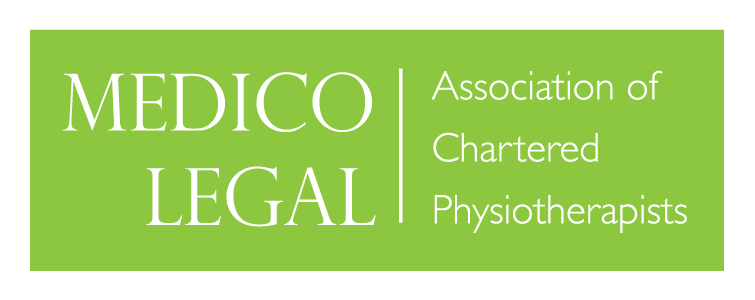As I have mentioned before: pain is strange, complex, and very interesting. Why does your leg hurt when you have injured your back? Why does your head hurt when the muscles in your neck are overworked? And how does a neck injury lead to shoulder, elbow, or hand pain? The reason for these, as well as other similar problems can fall generally into two categories:
Referred pain. Irritation of one anatomical structure such as a muscle or joint is felt in separate location from the ‘problem’. This is most commonly the case with people suffering persistent or recurrent headache. You can experiment with this on yourself: if you firmly squeeze your upper trapezius ‘trap’ muscle (the very top muscle between your shoulder and your neck) – it will probably be quite uncomfortable, and many people, especially if you squeeze for a few seconds will start to feel discomfort around the ear, or even around to the temple at the side of the face. Scientists are still not 100% certain why this phenomenon is so prevalent, however it is prevalent. This is one of the reasons why an Osteopath will often assess multiple sites in the body before coming to a diagnosis.
Nerve entrapment. Colloquially referred to as a ‘trapped nerve’, and more technically referred to as a ‘entrapment neuropathy’. Many people I see in clinic complain of a ‘trapped nerve’. These people often don’t have a nerve entrapment, and many people I see complaining of leg, shoulder, or elbow pain do. Entrapment neuropathies can be caused by either physical pressure upon a nerve from a muscle, bone, or swelling, or by chemical irritation of the nerve secondary to inflammation of a surrounding structure. Very rarely is the nerve actually ‘trapped’ – a better way to think of it is irritated. This is harder to test upon yourself, but you can try by fully bending the elbow and holding it for 30 seconds or so – many people will start to feel a tingling or numbness in their little finger. This is caused by compression of a nerve at the elbow – so pressure on a nerve at the elbow, can cause symptoms in the hand! This is in fact a similar process to when your foot goes ‘dead’, or gets pins and needles when sat in an awkward position. Irritation of the nerve can lead to symptoms distant from the source of the irritation – either numbness, pins and needles, or pain. More interestingly this nerve entrapment can also lead to pain with certain movement that further compress, or stretch the already irritated nerve – such as bending forwards in the case of nerves in the leg; or rotating the shoulder in cases involving the arm. The most famous of these complaints is: ‘entrapment neuropathy of the sciatic nerve’ – AKA ‘Sciatica’
So if I have pain in my leg, is it sciatica?
Not necessarily no. This is why diagnostic skills are so important. The sciatic nerve itself can become irritated at several points leading to leg or foot pain, numbness, or tingling, but there are also several other nerves in the leg that can also be irritated. The joints in the lower back can refer pain to the leg, just as muscles in the neck can refer pain to the head – additionally, painful muscles around the lower back and hips can also be experienced as pain in the buttocks or thigh further complicating things. All this is why proper diagnosis is important if symptoms do not improve. Massage, strengthening, and stretching can all help ease symptoms when used appropriately, but your symptoms are often not felt in the location of the issue.
For expert diagnosis and management, contact Central Osteopaths here
Blog compiled by by Matt Penman M.Ost, Head Osteopath at Central Osteopaths







